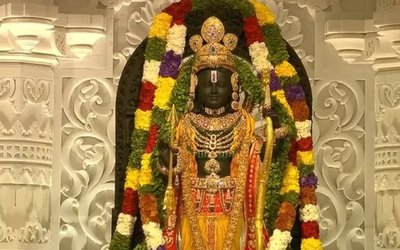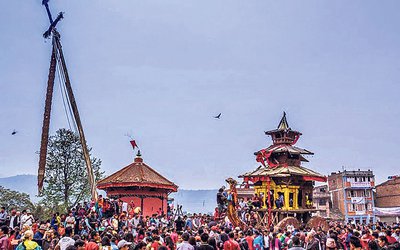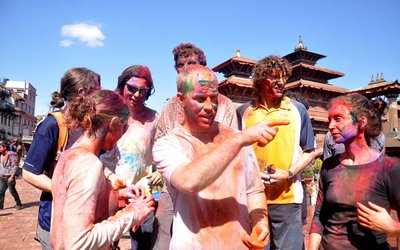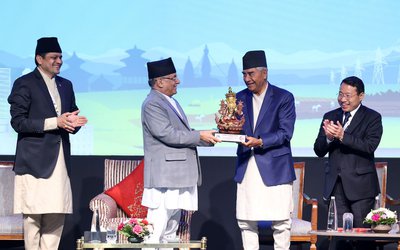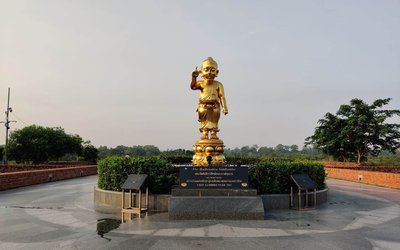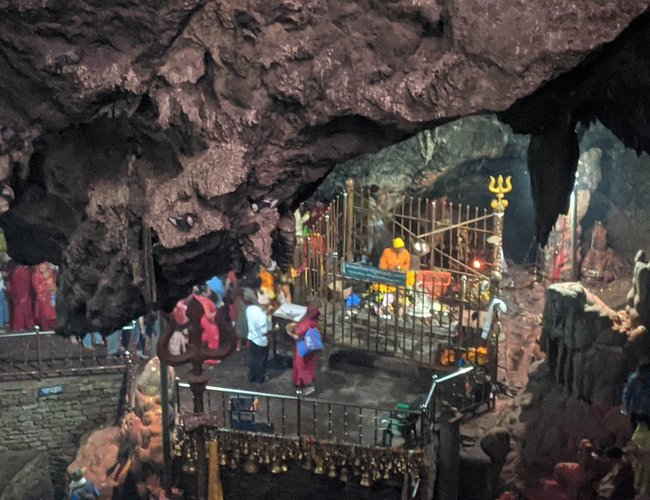
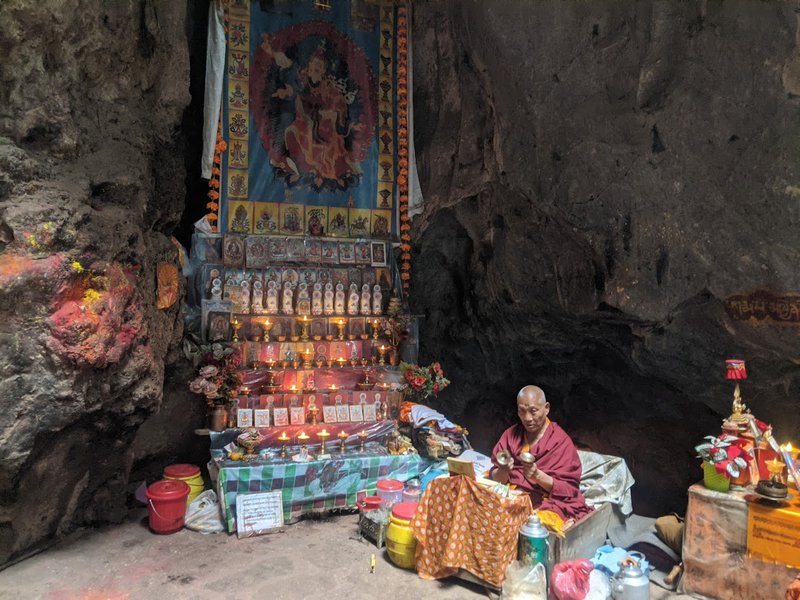
Situated in Khotang District of eastern Nepal 225 KM east of capital of Kathmandu, Halesi Mahadev Temple, is also known as a Pashupatinath of eastern Nepal, is highly revered religious place of Hindus (Santani), Buddhist and Rai.
Although it is a Shiva Temple, Ram Nawami is celebrated as a highly important festival and Hindus, Buddhist and Rai’s gathered to celebrate Ramnawami for four days.
The Ramnawami festival celebrated with fever in the Halesi for three days and hundreds of Hindus from Nepal and India attend the festival.
Halesi Mahadev Temple is a sacred pilgrimage site revered by both Hindus and Buddhists. This ancient temple holds great religious and cultural significance, attracting devotees and tourists alike. The temple is dedicated to Lord Shiva, one of the principal deities in Hinduism, and is believed to be a powerful center of spiritual energy.
Religious Significance
Halesi Mahadev Temple is considered one of the Pashupatinath temples in Nepal, and it is believed to be a place where Lord Shiva took refuge to escape from the demon Bhasmasur. This adds a layer of mythology and spirituality to the site, making it an important pilgrimage destination.
Religious Harmony
Along with Hindus, the temple is revered not only by Hindus but also by Buddhists from Bhutan, Sikkim and Nepal. The presence of a Buddhist Stupa adjacent to the Hindu temple reflects the harmonious coexistence of these two major religions in Nepal. This cultural diversity adds depth to the spiritual experience for visitors.
Cave Complex
The temple is unique for its cave complex, known as the Halesi Mahadev Cave, which is an integral part of the pilgrimage. The cave system is said to have three main chambers representing different deities—Brahma, Vishnu, and Shiva. Exploring these caves is a fascinating and spiritual journey for devotees and visitors.
Natural Beauty: Nestled in the scenic hills of Khotang, Halesi Mahadev Temple offers breathtaking views of the surrounding landscape. The journey to the temple is an adventure in itself, passing through lush greenery, terraced fields, and traditional villages, providing travelers with a glimpse of rural Nepalese life.
Pilgrimage Experience: Pilgrims often undertake a challenging trek to reach Halesi Mahadev Temple, and the journey is considered a test of faith and devotion. The difficulties encountered along the way make the pilgrimage more meaningful for those seeking a profound spiritual experience.
Festivals and Celebrations: The temple hosts various religious festivals, attracting a large number of devotees during these occasions. The vibrant atmosphere, traditional rituals, and cultural celebrations make the temple a lively and dynamic place to visit, providing an opportunity to immerse oneself in the local traditions.
In summary, Halesi Mahadev Temple is not only a religious site but also a cultural and natural gem in Nepal. Its unique blend of Hindu and Buddhist elements, coupled with the challenging journey to reach the temple, makes it a worthwhile destination for those seeking a spiritually enriching and culturally diverse experience.
Halesi Mahadev is perceived site of Hindu, Buddhist journey and Kirat. The Halesi Temple is situated at the highest point of a little slope inside the delightful caverns. There are others various little lovely gives in too. The significance here is the picture of Lord within cavern which is the extra magnificence of the visit.
The combination of three distinct religions (Hinduism, Buddhism, and Kirat), Halesi Mahadev is adored as the incredible god even of divine beings and goddess (Devadidev) by Hindus. The originator of Kirat religion is accepted to have starting point at this spot by Kirat individuals and Buddhists love Halesi viewing it as one of their six significant journey locales.
Halesi-Maratika caves are located 67 feet below the earth's surface. The entrance is formed like a half-moon and faces east. It has a circular form, 193 feet in diameter, with another, a similar cave located below. The floor of the caves has a circumference of 223 feet.
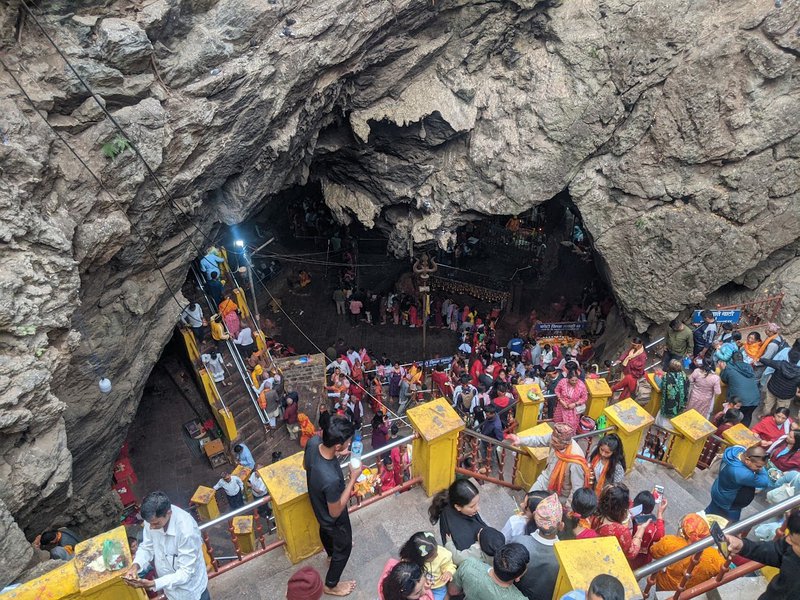
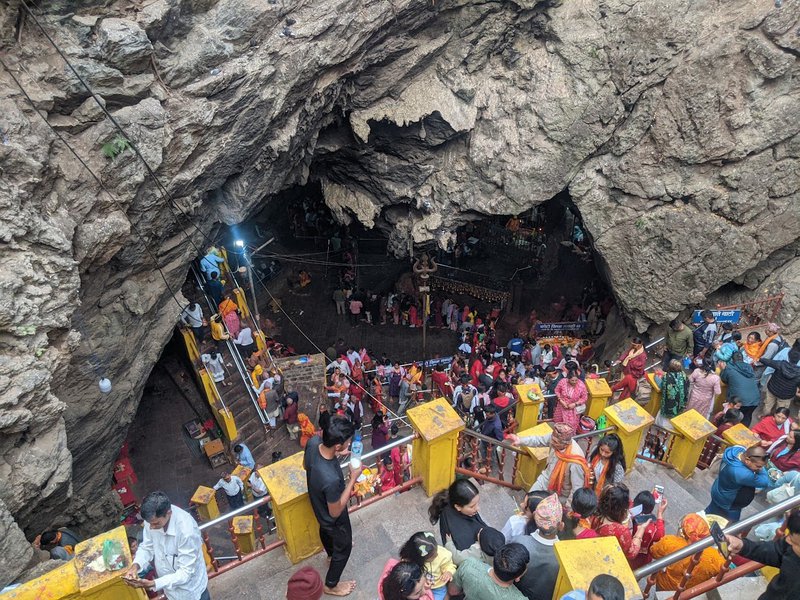
This is the only cave that is situated in the 4th remote hilly area and is thought to have existed for 6,000 years. This is a region overflowing with natural wonders and cultural heritage.
The magnificence of three distinct religions (Hinduism, Buddhism, and Kirat), this journey and Halesi Mahadev is revered as the extraordinary god even of divine beings and goddess (Devadidev) by Hindus, the originator of Kirat religion is accepted to have birthplace at this spot by Kirat individuals, though Buddhists adore Halesi viewing it as one of their six significant journey destinations.
It is accepted that austere of Shaiva (The current Hindus from days of yore), and Buddhists and furthermore other a few religious zealots have gotten Salvation contemplating at Halesi. Buddhists venerate it as a perfect spot where their incredible Guru Rimpoche, Padmasambhava contemplated and achieved eternality. Subsequently, Buddhist religion supporters, clerics come to revere Halesi with a conviction of getting 10 additional long stretches of life expectancy and furthermore Salvation.
It is known as ‘Marathi’ in the Tibetan language. This holy site is loved as a chariot driving towards great deed from offense, illusion to the real world, sin to equity and eventually towards Salvation.
Moreover, the authentic view about how this consecrated spot with hid Mahadev was tended to is this way, “There was a shaggy wilderness and once a nearby Rai standing tracker was chasing at this woodland. He attempted to chase a deer that runs into the brambles. Chasing hound attempted to look for the deer and went into the shrubberies however them two didn’t return back. After this, the tracker looks for help from locals and went to the brambles where they found a cavern. Inquisitively, they entered the cavern and found a major Shivalinga winded round by snake. They were enchanted to see this and started adoring it as a home of Lord Shiva. There are a few different strict and fanciful explanations for the developing strict noteworthiness of Halesi.”
This is the means by which neighborhood individuals depict the explanation for the name of this holy site situated in a quiet common sloping condition. In this way, old individuals chose to name this spot after the name of that fowl ‘Halesho’ and it became ‘Halesi’.
It is known as ‘Marathi’ in the Tibetan language. This sacrosanct site is revered as a chariot driving towards great deed from wrongdoing, falsity to the real world, sin to equity and eventually towards Salvation.
Halesi Mahadevstan during Festivals
Lord Vishnu was the first-ever devotee to pay respect to the Haleshi Mahadeva in the Satya Yuga. Afterwards, this holy position has been paying tribute to many rulers, sages, devotees, scholars, writers, hermits, abbots, ascetics, and Shankaracharya.
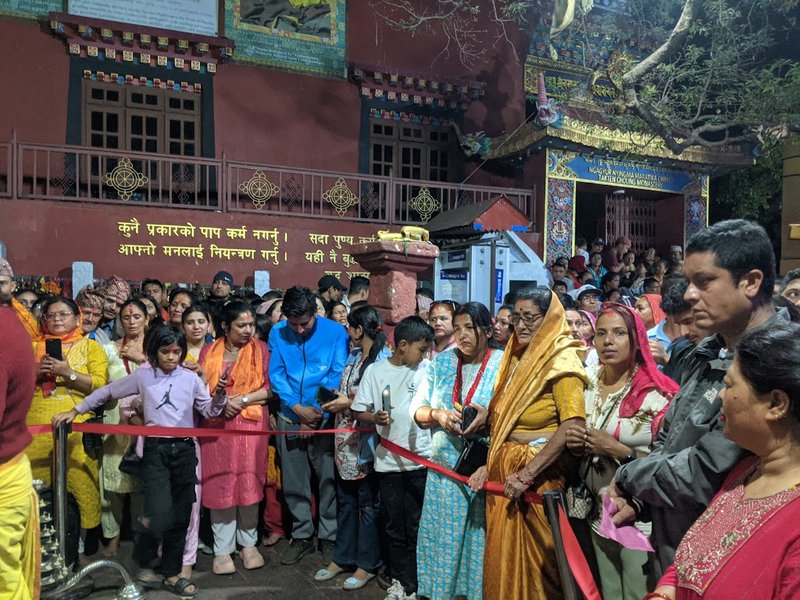
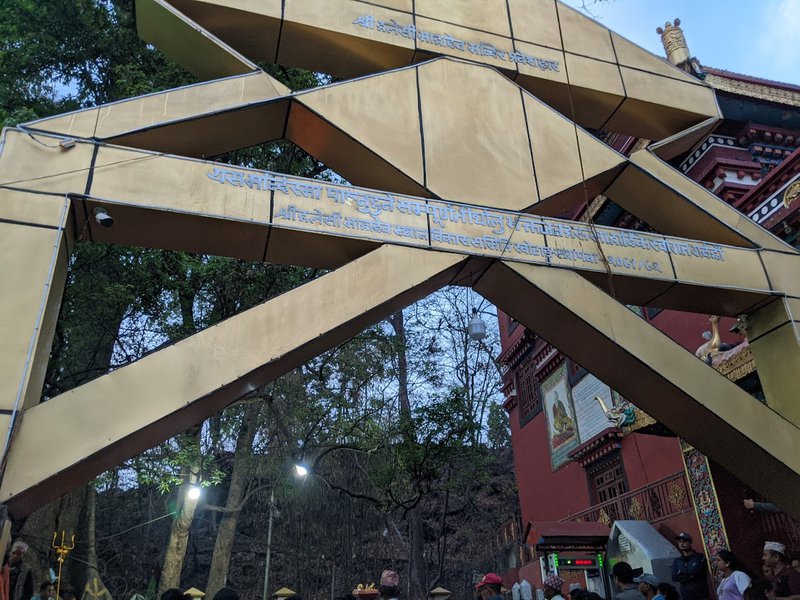
There's a tradition of conducting unique rituals at the Haleshi Mahadev Temple at specific festivals like Bala Chaturdashi, Shiva Ratri, Ram Nawami, and Teej etc.
The Halesi-Maratika Caves, better known as the Haleshi Mahadev Temple, is situated next to Mahadevasthan town, in eastern Nepal's Khotang district. The cave and temple are roughly 185 km southwest of Mt Everest (8,848 m) and are 3100 ft. – 4734 ft. above sea level.
This temple is an essential place of pilgrimage for Buddhists and Hindus. Hindus named the caves the Halesi Mahadev Temple by associating them with Mahadeva, a form of Shiva. It is also regarded as East's Pashupatinath.
There are three enigmatic caves which are considered to be Lord Shiva's three heads. When we enter the first cave, we see an image of Lord Shiva that is named Mahadev Haleshwar. A picture of Nandi (Shiva's animal ride) is found in the second cave.
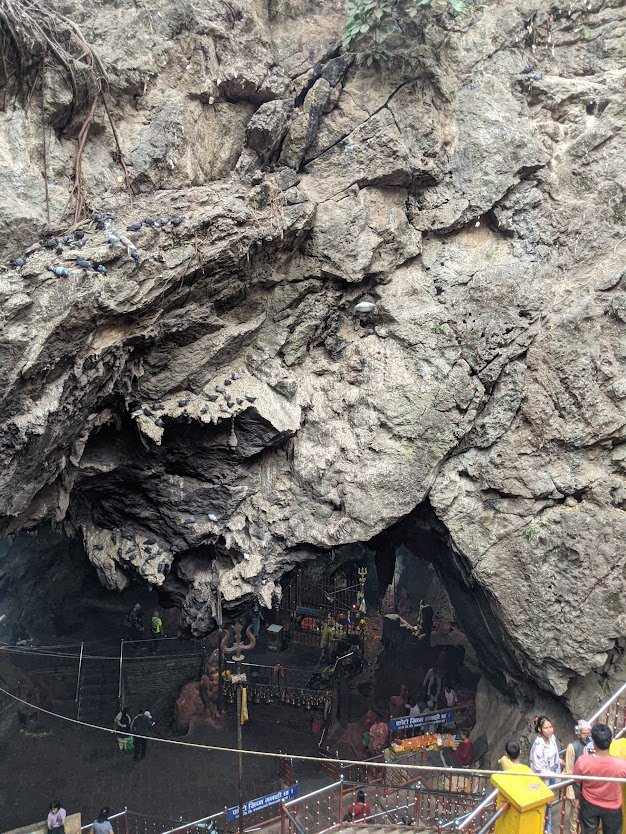
Halesi Mahadev is Shiva Linga, two-foot-tall, which is blessed inside the chamber. Behind each other on the north of the Shiva Linga are two pillars allowing a narrow move?
Origin of Halesi Mahadevstan
In Himalayan literature, the caves of Halesi-Maratika were alluded to as far back as the 12th century.
Kathang Zanglingma, a biography of Padmasambhava, a terma discovered and passed on by Nyangrel Nyima Ozer, explains the initial occurrences that gave Vajrayana practitioners a holy position in the Maratika Caves.
According to Hindu scriptures, Lord Shiva is thought to have hidden in these caves when he was chased away by the demon King Bhasmasur about 6,000 years ago.
Hinduism
Hindus from India have come here to worship Lord Shiva after having scaled several hills. A lot of people come here during Shrawan's month from locations like Ladania and Jayanagar to pray to Haleshi Mahadev.
Fairs and festivals are conducted in the caves during the celebrations of Bhasmasur, Rama Navami, and Ganesh Chaturthi holidays.
It is here, at the Halesi-Martika caves, that Mandarava and Padmasambhava attained immortality (or eternal life) Vidyadhara.
Buddhism
Mandarava and Padmasambhava discovered a variety of terma encoded by Dakini Sangwa Yeshe elementally in the cave. These termas are listed among Buddha Amitabha's longevity teachings and were issued at Bodhisattva Avalokiteswara's behest.
Halesi Mahadev, is a sacred temple for both Hindu and Buddhist. It is believed that inside the temple, the Halesi cave has been used as a dwelling for 6000 yrs. Lord Shiva hides there when hiding from the demon Bhasmasur. The location of the cave is between the holy rivers of Dudh Kosi and Sun Kosi River. During Bhasmasure, Ram Nawami and Ganesh Chaturthi fairs and festivals are held in this region.
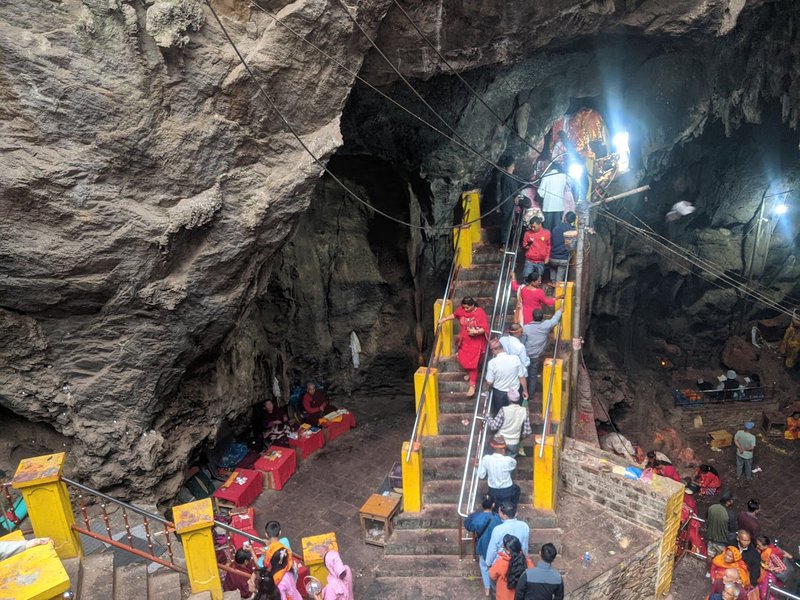
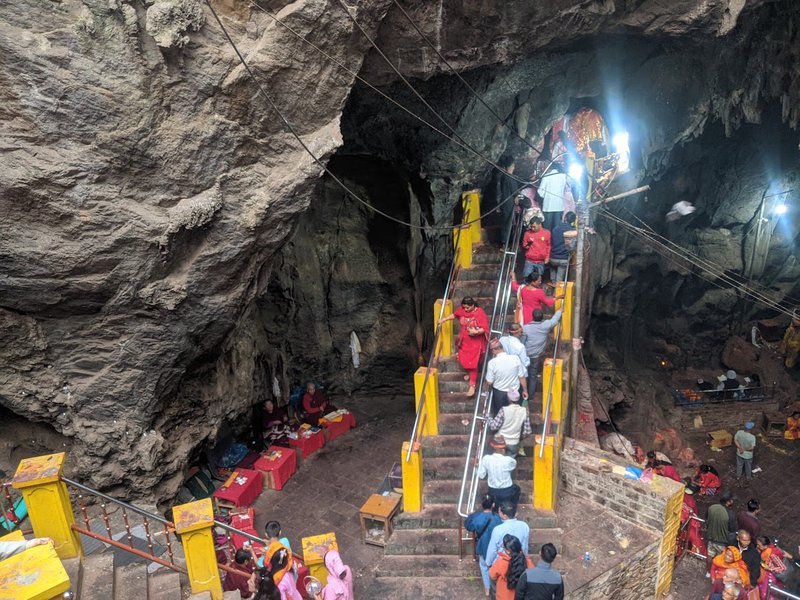
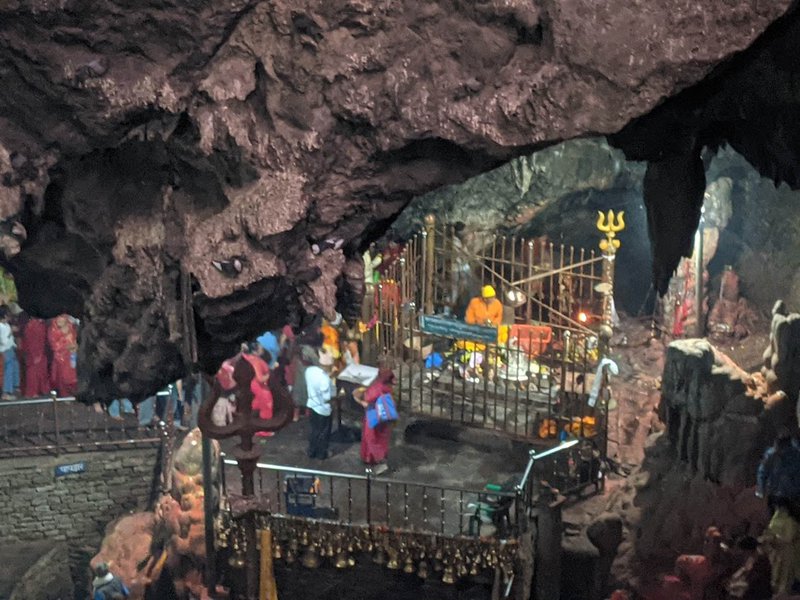
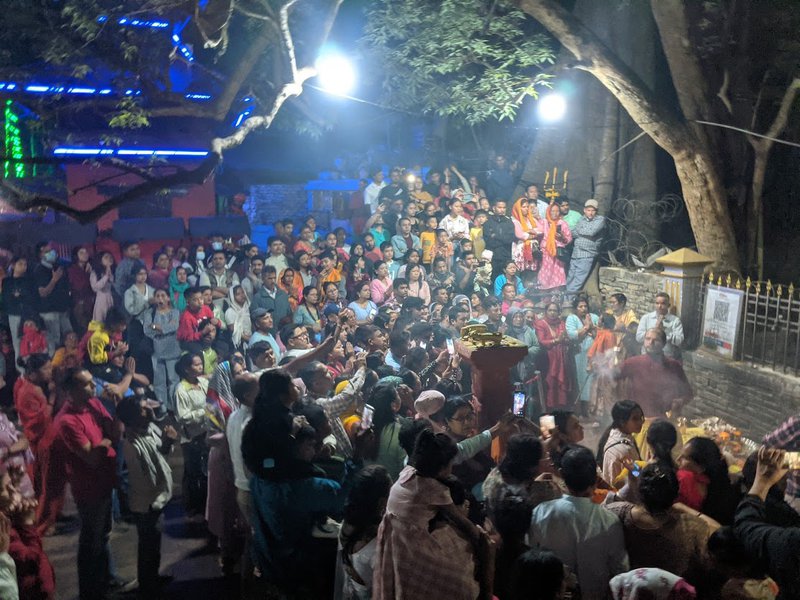
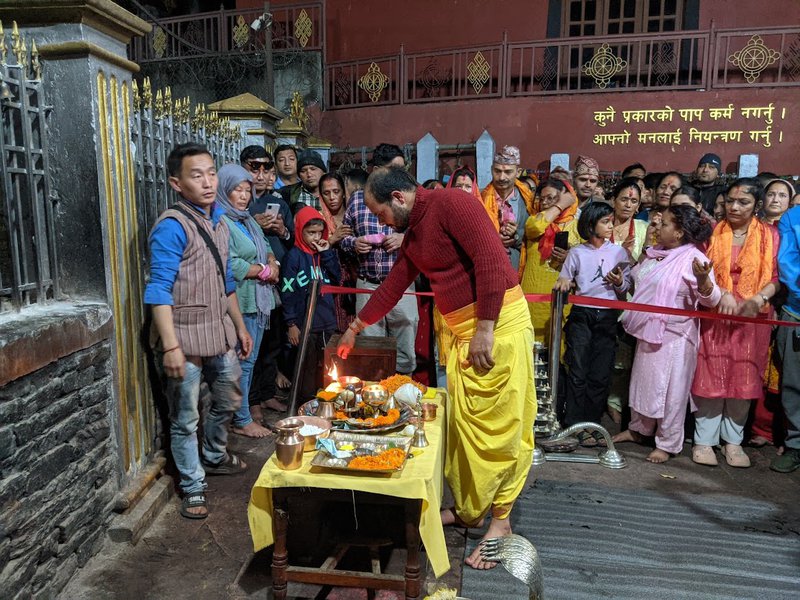
- NEA's MD Kul Man Ghising Likened Finishing A Transmission Line Project To Achieving Victory In A Battle
- Apr 29, 2024
- Nepal Has Huge Investment Opportunities:UN Resident Coordinator Hanaa Singer-Hamdy
- Apr 29, 2024
- Biden, Netanyahu Discuss Gaza Ceasefire, Hostage Release Talks
- Apr 29, 2024
- Weather Forecast: Partly To Generally Cloudy In Lumbini, Karnali And Sudur Paschim Provinces
- Apr 29, 2024
- President Dhakal Invites Investors To Explore Nepal's Promising Sectors
- Apr 28, 2024


